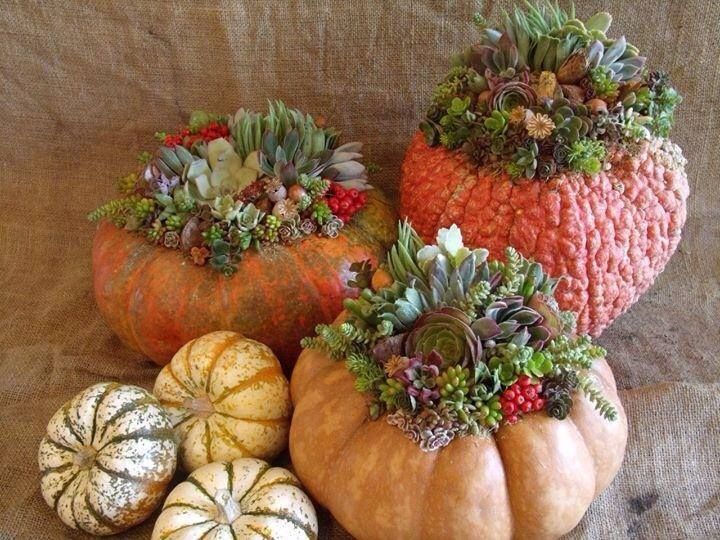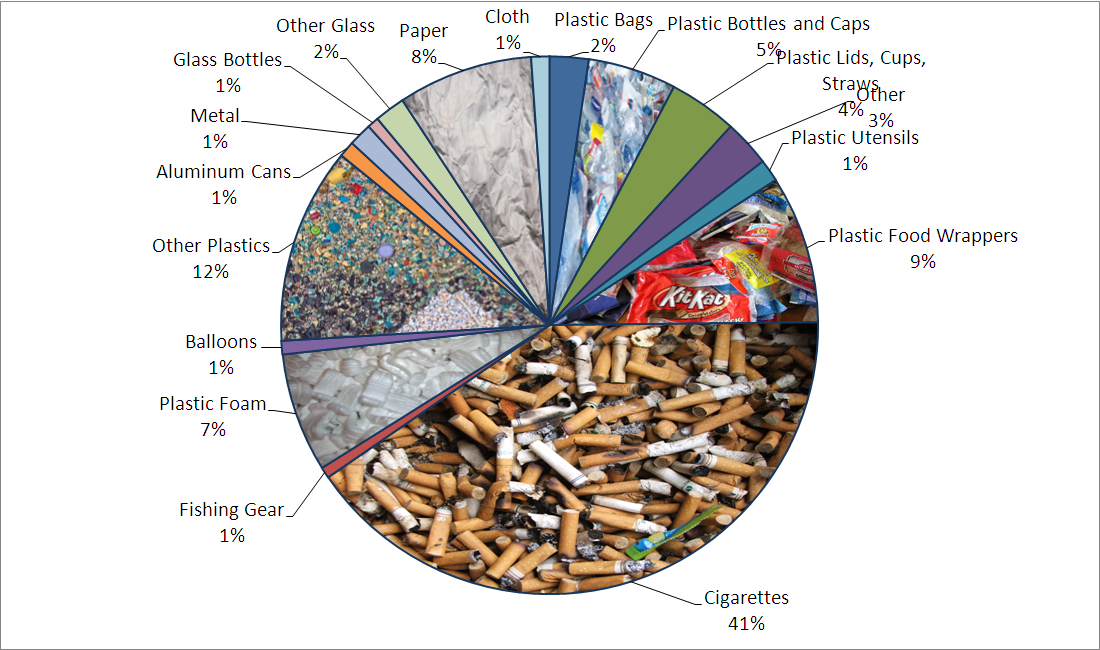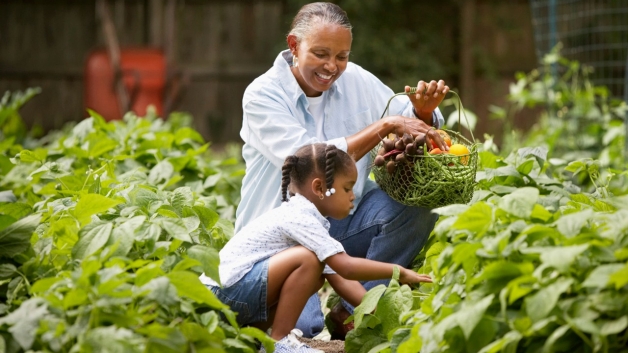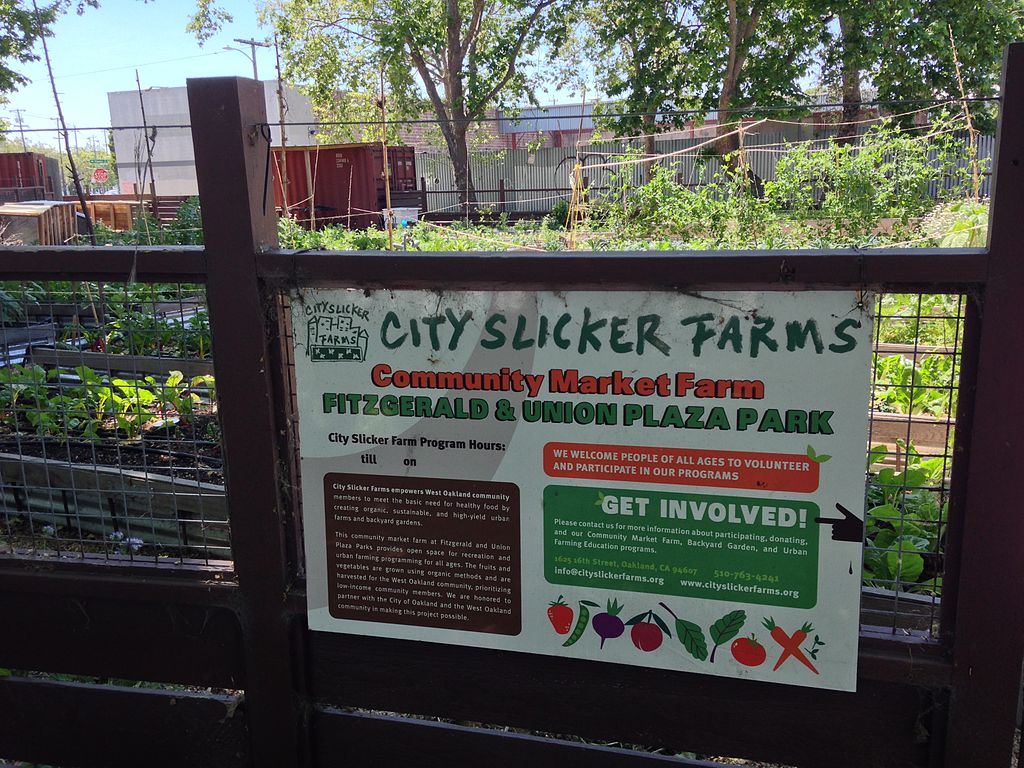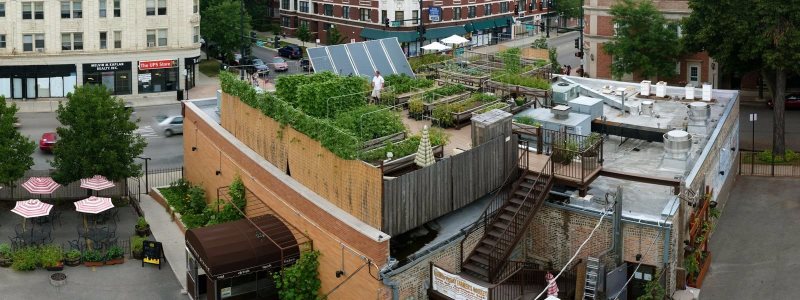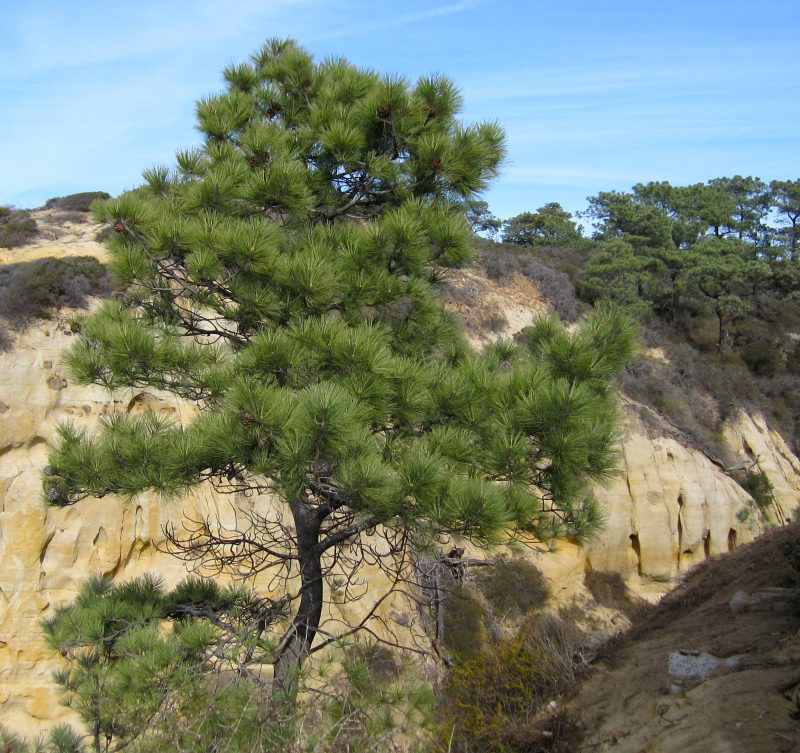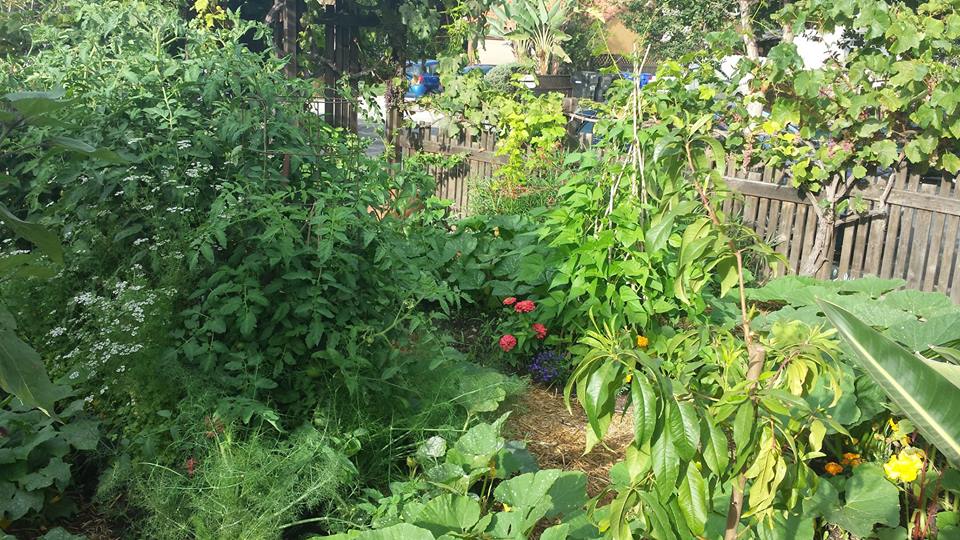Agriculture and Farming
Americans really love Halloween. Really, really love it! The National Retail Federation projects total spending this Halloween of $9.1 billion, with 179 million Americans planning to take part in festivities of some kind. For every three dollars spent on a child’s costume, another dollar is spent on a pet’s costume.
Here’s even more proof: Out of the 50 plus blog posts we published in 2016, our blog post about Halloween pumpkins was one of the most popular, especially on the popular sharing website StumbleUpon. We are all about giving our readers what they want, so we will return to one of our favorite topics at this time of year.… Read More
World Naked Gardening Day, There’s a Serious Point
When I found out this Saturday, May 6 is officially the 13th annual “World Naked Gardening Day,” of course I laughed. Come on, who wouldn’t?
Then I thought, ‘Boy, that’s going to take a LOT of sunscreen. More for some than others!’
World Naked Gardening Day is a real event, and while we all might giggle about it, there’s an important point to it. People across the globe are encouraged, on the first Saturday of May, to get outside and weed, dig, plant, fertilize, and otherwise tend to their garden space as Mother Nature made you: without any clothes on.
Founder Mark Storey, a Seattle resident, says gloves, hats, and boots are perfectly OK by him.… Read More
Bugging Out To Save Trees
If UC Santa Cruz music professor David Dunn scores a hit with his latest composition, he’ll have millions of listeners, maybe even hundreds of millions. But they won’t be spending a dime, and they won’t be singing or dancing. They’ll be dying.
For ten years, Professor Dunn has created music using sounds in nature, specifically the sound of bark beetles in California’s forest as they munch on trees. Aggressive bark beetles make a LOT of noise. They also contribute to widespread tree destruction, which has been made worse due to several years of drought. His recordings of bark beetles were turned into a CD called “The Sound of Light in Trees.”… Read More
Our 12 Tips to Prevent Stormwater Pollution Runoff
I heard the weather report like everyone else, but I never expected the steady amount of rain we received in San Diego County this week, did you? After more than 100 days without measurable rainfall, it was a welcome sight.
Rainfall has many benefits, but there is one downside. When rain falls in San Diego after many months of dry weather, pollutants that build up on surfaces like rooftops, parking lots and streets get washed into our storm drains. The reason it’s a big deal: those storm drains dump out directly into the Pacific Ocean, and all those pollutants end up in the water hurting sea life.… Read More
Get Down On The Farm: San Diego Farm Tour Day is September 17
If I asked you to name San Diego’s major industries, you would probably come up with tourism, the military, maybe biotech or craft beer. The one I bet you’d miss is agriculture and farming.
Agriculture is the fourth largest industry in San Diego County. It’s a two billion dollar industry. San Diego County has more individual farms than any other county in the United States. Remember this if you get on the TV show “Jeopardy!”
Most of our local farms are small boutique farms growing ornamental trees and shrubs, indoor plants and flowers. This is two-thirds of the farming income. Avocados take up more land but generate less profit.… Read More
Help Good Earth Plants Save San Diego Watershed
One of the reasons I’ve always been so enthusiastic about green roofs is their contribution to stormwater management. Green roofs can capture 60-80% of rooftop rainwater runoff so less water is directed into storm drains and ultimately the ocean. A green roof becomes a strainer for whatever water does end up flowing to the storm drains, removing a lot of the particles, chemicals, pollution and other “bad stuff” which would otherwise run into our ocean.
So I was extremely happy to see the City of San Diego’s new Sustainable Landscape Guidelines created in partnership with the San Diego County Water Authority.… Read More
Dig In and Support Urban Gardening in San Diego
While I’m on the road at the annual Tropical Plant Industry Exhibition in Florida, I learned about a proposal making its way through the approval process at the City of San Diego. Yes, stop the presses: a government idea I’m excited about!
The San Diego City Council’s Smart Growth and Land Use Committee took an important step Wednesday at its meeting to establish Urban Agricultural Incentive Zones in the City of San Diego. These zones were given a green light by California state legislation passed in 2014. Now it’s up to individual cities and counties to decide whether they want to allow them in their areas.… Read More
Let An Urban Farm Grow In Your Part of the Planet
It was great to see so many of you at the U.S. Green Building Conference on “The Value of Sustainability” held on September 22 at SDG&E’s Energy Innovation Center, where we have one of our favorite outdoor succulent walls. It looked fantastic if I do say so myself!
If you missed it, the conference featured local and national experts including yours truly talking about sustainable strategies on the triple bottom line: People, Planet and Profit. They aren’t mutually exclusive.
It was well attended and well organized. Due to the press of business at Good Earth Plant Company I wasn’t able to stay all day, but many people did.… Read More
California’s Trees Are Worth Saving
Have you noticed changes in the landscaping along San Diego’s freeways? Caltrans has cut a lot of trees down, replacing them with low profile, low water use landscaping. I bet Caltrans is doing this in other areas of California as well.
Caltrans isn’t alone. KPBS Radio reported 100 trees have been removed from the Torrey Pines Preserve, which is a lot more than the yearly average. Twelve MILLION trees died in California state forests in 2014 because of the drought. Almost 90,000 of those were in San Diego County.
All over the state, our urban and suburban street trees are being removed due to drought, disease, and because they’ve become street hazards raising sidewalks.… Read More
Ripping Out Your Lawn? Consider Foodscaping
Homeowners in drought-stricken California have gotten serious about making changes in their water consumption. They are ripping out their water-guzzling lawns in record numbers.
What they don’t always do is give a lot of thought about what will replace that lawn. So we end up seeing a lot of mulch and rocks as a quick fix.
Consider a tastier alternative: Foodscaping.
The simplest definition of foodscaping is landscaping with edible plants. It embraces the concept of growing food in place of lawns on private or sometime community property. It’s something in between farming, where you are growing food in a way that maximizes output, and landscaping that is meant to be decorative.… Read More

